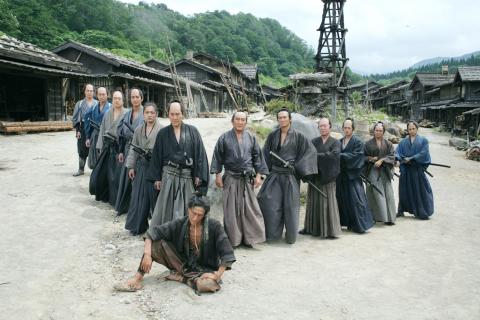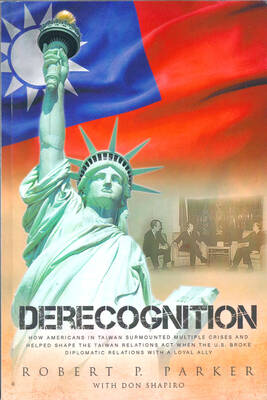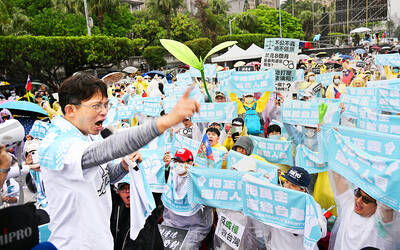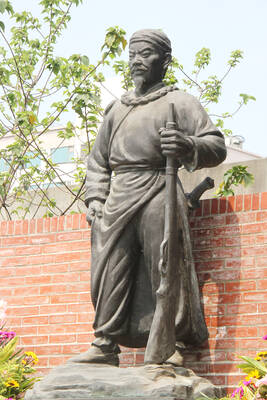The most recent release from the hugely prolific director Takashi Miike, 13 Assassins might be seen as nothing more than a more violent remake of Akira Kurosawa’s masterpiece Seven Samurai (1954). But this would diminish the film’s achievement, which has plenty to offer in its own terms, and shows that Miike can keep his cult director street cred intact even while detouring into the realm of old-school samurai action movies.
Miike, who established his career in the direct-to-video boom of the early 1990s, retains a B-movie sensibility even in his much bigger budget later works. Although 13 Assassins has a massive body count, rising into the hundreds, he finds time for quite a lot of talk between the carnage. Uncharacteristically, Miike takes his time in the first half of the film, setting up a thematic line about the nature of the samurai code, which he then proceeds to subvert, giving 13 Assassins an edgy philosophical undercurrent that flows through the long action sequences. At one of its many levels, 13 Assassins can be enjoyed as a satirical retrospective of the samurai action genre, in the same way as Clint Eastwood’s Unforgiven gave the western a new ideological spin without actually departing from accepted genre conventions.
Although the heroes of the film, the titular 13 assassins, have the most screen time, the real scene stealer is Goro Inagaki, who plays the villain of the piece, the sadistic Lord Naritsugu Matsudaira. He is the half-brother of the ruling Shogun and despite a sadistic and murderous streak that has him massacre, mutilate and maim to satisfy his (blood) lust, he is politically untouchable. Forces in the government decide that the extra-judicial removal of this violent and undependable character is required, and they call on Shinzaemon Shimada (Koji Yakusho), a swordsman who has retreated from the world and spends his time fishing.

Photo Courtesy of Catchplay
The film is set in the mid-1800s, after a long period of sustained peace in which samurai warriors have had little to do. All the assassins recognize that the Way of the Sword is already slipping into history, and it is in this spirit that they embark on this last great venture in which most of them expect to find death — an honorable death on the field of battle.
The modern age looms just outside the frame of this picture, and many of the more thoughtful characters realize that they are already anachronisms. Miike uses this awareness to ridicule both the aspirations and the bravery of the assassins; he also mocks the inherent hypocrisy of the code they believe in. To kill Lord Naritsugu and his large retinue of loyal servants, Shinzaemon announces to his colleagues that any pretense at honor and soldierly conduct will have to be abandoned.
Miike plays with the conventions of the samurai epic in so sophisticated a fashion that it seems a pity that only the shorter international version of the film will screen in Taiwan; a version released in Japan that is 20 minutes longer has more talk, but was cut for fear that foreign audiences would find long passages about Bushido, the Way of the Warrior, tedious.
But it is this philosophizing, this awareness of the pleasures of violence, that makes 13 Assassins such a fascinating movie. Miike, who in cult classics such as Ichi the Killer (2001) and Audition (1999) has produced some of the most graphically violent movies to date, knows all about the sick pleasure of horrible actions, and has created in Lord Naritsugu a character who yearns to see just how far things can be taken. He smiles as he sees the destruction of his own forces, delighting in the excitement of war as spectacle, and suggests to his horrified bodyguard, the deeply honorable Hanbei Kitou (Masachika Ichimura), that he would like to bring Japan back into an age of war.
13 Assassins has a rather old-fashioned aesthetic, making little use of CGI or quick cuts, which have become the staple of modern big-budget action films. Miike is able to follow the characters in the final battle with great assurance, shifting the pace from crowd scenes, moments of single combat, sudden moments of calm, and brutal snatches of orchestrated bloodletting without ever losing sight of the ebb and flow of the battle that runs for nearly 40 minutes of screen time.
While nominally an action film, Miike has raised the ante by reining in his imagination and dropping back into old genre conventions. In doing so, he has allowed himself a freedom to highlight his modern perspective on a well-worn cinematic form. This and the remarkable set piece battle combine to make 13 Assassins a film that can be enjoyed at many levels.

One of the biggest sore spots in Taiwan’s historical friendship with the US came in 1979 when US president Jimmy Carter broke off formal diplomatic relations with Taiwan’s Republic of China (ROC) government so that the US could establish relations with the People’s Republic of China (PRC). Taiwan’s derecognition came purely at China’s insistence, and the US took the deal. Retired American diplomat John Tkacik, who for almost decade surrounding that schism, from 1974 to 1982, worked in embassies in Taipei and Beijing and at the Taiwan Desk in Washington DC, recently argued in the Taipei Times that “President Carter’s derecognition

This year will go down in the history books. Taiwan faces enormous turmoil and uncertainty in the coming months. Which political parties are in a good position to handle big changes? All of the main parties are beset with challenges. Taking stock, this column examined the Taiwan People’s Party (TPP) (“Huang Kuo-chang’s choking the life out of the TPP,” May 28, page 12), the Democratic Progressive Party (DPP) (“Challenges amid choppy waters for the DPP,” June 14, page 12) and the Chinese Nationalist Party (KMT) (“KMT struggles to seize opportunities as ‘interesting times’ loom,” June 20, page 11). Times like these can

JUNE 30 to JULY 6 After being routed by the Japanese in the bloody battle of Baguashan (八卦山), Hsu Hsiang (徐驤) and a handful of surviving Hakka fighters sped toward Tainan. There, he would meet with Liu Yung-fu (劉永福), leader of the Black Flag Army who had assumed control of the resisting Republic of Formosa after its president and vice-president fled to China. Hsu, who had been fighting non-stop for over two months from Taoyuan to Changhua, was reportedly injured and exhausted. As the story goes, Liu advised that Hsu take shelter in China to recover and regroup, but Hsu steadfastly

You can tell a lot about a generation from the contents of their cool box: nowadays the barbecue ice bucket is likely to be filled with hard seltzers, non-alcoholic beers and fluorescent BuzzBallz — a particular favorite among Gen Z. Two decades ago, it was WKD, Bacardi Breezers and the odd Smirnoff Ice bobbing in a puddle of melted ice. And while nostalgia may have brought back some alcopops, the new wave of ready-to-drink (RTD) options look and taste noticeably different. It is not just the drinks that have changed, but drinking habits too, driven in part by more health-conscious consumers and